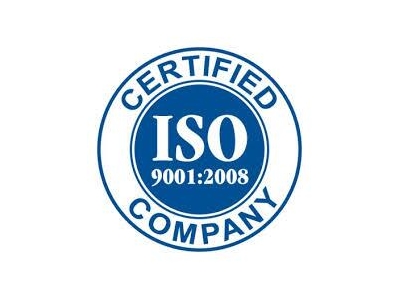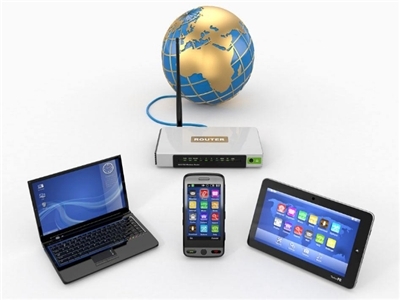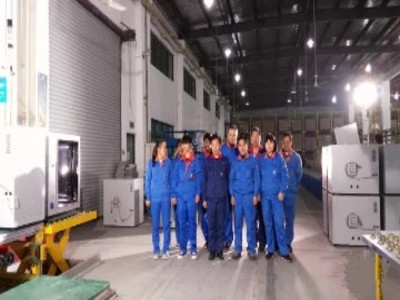Inheritance and Development of Semiconductor 1/2
As we all know, after the first steam revolution and the second electric revolution, we all think that the third revolution is the information revolution, and the development of semiconductor is the basis of the information revolution. From the needs of information technology, semiconductor physics and materials development is a trend. So, today we will discuss the history of semiconductors.
At the end of World War II in 1945, Bell Labs became a solid-state physics group. In 1947, Bardin and Burton made the world‘s first germanium point contact transistor with current amplification, which opened the prelude to the great development of transistors. In january 1948, shawclay studied another type of planar junction transistor, which can be produced on a large scale through a number of planar processes. Thanks to the invention of transistors, Bardin, Burton and Shawclay jointly won the 1956 Nobel Prize in Physics. Sony, the semiconductor transistor‘s first application company, made a fortune.
.jpg)
In September 1958, Kirby made the world‘s first integrated circuit oscillator, named miniaturized electronic circuits. In February 1959, Noyes evaporated gold or aluminum on the basis of the planar transistor method proposed by Hall, and made an integrated circuit, named "semiconductor device and lead structure ", which entered a new period of large-scale development.
Later, because of the need of artificial satellites, solar cells were invented, because semiconductor light-emitting tubes and lasers work on the contrary to solar cells, so soon after the invention of solar cells, semiconductor light-emitting tubes and lasers also appeared. Finally, the emergence of molecular epitaxy technology has greatly promoted the research process of double heterojunction lasers.


























